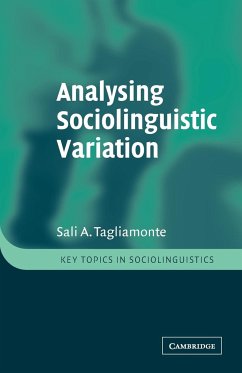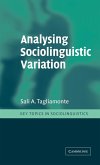The study of how language varies in social context, and how it can be analyzed and accounted for, are the key goals of sociolinguistics. Until now, however, the actual tools and methods have been largely passed on through 'word of mouth', rather than being formally documented. This is the first comprehensive 'how to' guide to the formal analysis of sociolinguistic variation. It shows step-by-step how the analysis is carried out, leading the reader through every stage of a research project from start to finish. Topics covered include fieldwork, data organization and management, analysis and interpretation, presenting research results, and writing up a paper. Practical and informal, the book contains all the information needed to conduct a fully-fledged sociolinguistic investigation, and includes exercises, checklists, references and insider tips. It is set to become an essential resource for students, researchers and fieldworkers embarking on research projects in sociolinguistics.
'Analysing Sociolinguistic Variation will be of most use to graduate students and advanced undergraduates who are already familiar with the ideas and goals of sociolinguistics, and who need to know how to conduct their own research, or participate in larger collaborative research projects. I am sure that the offices and labs of variationists everywhere will soon be identifiable by the presence of well-thumbed copies of this book.' Canadian Journal of Linguistics









